Roger García Ordaz makes no secret of his many attempts to flee.
He has tried to leave Cuba 11 times on boats made of wood, Styrofoam and resin, and has a tattoo for each failed attempt, including three boat mishaps and eight times picked up at sea by the U.S. Coast Guard and sent home.
Hundreds of homemade, rickety boats have left this year from the shores of Baracoa, a fishing village west of Havana where García, 34, lives -- so many that locals call the town “Terminal Three.”
“Of course I am going to keep on throwing myself into the sea until I get there,” he said. “Or if the sea wants to take my life, so be it.”
Living conditions in Cuba under Communist rule have long been precarious, but today, deepening poverty and hopelessness have set off the largest exodus from the Caribbean island nation since Fidel Castro rose to power over a half-century ago.
The country has been hit by a one-two punch of tighter U.S. sanctions and the COVID-19 pandemic, which eviscerated one of Cuba’s lifelines -- the tourism industry. Food has become even more scarce and more expensive, lines at pharmacies with scant supplies begin before dawn and millions of people endure daily hourslong blackouts.
Over the past year, nearly 250,000 Cubans, more than 2% of the island’s 11 million population, have migrated to the United States, most of them arriving at the southern border by land, according to U.S. government data.
Even for a nation known for mass exodus, the current wave is remarkable -- larger than the 1980 Mariel boatlift and the 1994 Cuban rafter crisis combined, until recently the island’s two biggest migration events.
But while those movements peaked within a year, experts say this migration, which they compare with a wartime exodus, has no end in sight and threatens the stability of a country that already has one of the hemisphere’s oldest populations.
The avalanche of Cubans leaving has also become a challenge for the United States. Now one of the highest sources of migrants after Mexico, Cuba has become a top contributor to the crush of migrants on the U.S.-Mexico border, which has been a major political liability for President Joe Biden and which the administration considers a serious national security issue.
“The numbers for Cuba are historic, and everybody recognizes that,” said a senior State Department official who was not authorized to speak publicly about the matter. “That said, more people are migrating globally now than they ever have been and that trend is certainly bearing out in our hemisphere, too.”
Many experts say that U.S. policy toward the island is helping fuel the very migration crisis that the administration is now struggling to address.
To appeal to Cuban American voters in South Florida, the Trump administration discarded President Barack Obama’s policy of engagement, which included restoring diplomatic relations and increasing travel to the island. President Donald Trump replaced it with a “maximum pressure” campaign that ratcheted up sanctions and severely limited how much cash Cubans could receive from their families in the United States, a key source of revenue.
“This is not rocket science: If you devastate a country 90 miles from your border with sanctions, people will come to your border in search of economic opportunity,” said Ben Rhodes, who served as deputy national security adviser under Obama and was the point person on talks with Cuba.
While any significant rollback of sanctions remains off the table, the two governments are engaged in efforts to address the extraordinary migration surge.
Washington recently announced that it would restart consular services in Havana in January and issue at least 20,000 visas to Cubans next year in line with long-standing agreements between the two nations, which officials hope will dissuade some people from trying to make dangerous journeys to the United States.
Havana has agreed to resume accepting flights from the United States of Cubans who are deported, another move to try to discourage migration. The Biden administration has also reversed the cap on money that Cuban Americans are allowed to send to relatives and licensed a U.S. company to process the wire transfers to Cuba.
Cuba’s free fall has been accelerated by the pandemic: Over the past three years, Cuba’s financial reserves have dwindled, and it has struggled to stock shore shelves. Imports -- largely food and fuel -- have dropped by half. The situation is so dire that the government electric company boasted this month that electrical service had run uninterrupted that day for 13 hours and 13 minutes.
Last year, fed up by the economic decline and a lack of freedom compounded by a COVID-19 lockdown, tens of thousands of Cubans took to the streets in the biggest anti-government protests in decades. A crackdown followed, with nearly 700 people still imprisoned, according to a Cuban human rights group.
Cubans of fewer means try to leave by building makeshift boats, and at least 100 have died at sea since 2020, according to the U.S. Coast Guard. The Coast Guard has intercepted nearly 3,000 Cubans at sea in the past two months alone.
But these days most Cuban migrants fly off the island, with relatives abroad often paying the airfare, followed by a tough overland journey. (Cuba lifted an exit visa requirement to leave by air a decade ago, although it is still illegal to leave by sea.)
The floodgates opened last year, when Nicaragua stopped requiring an entrance visa for Cubans. Tens of thousands of people sold their homes and belongings and flew to Nicaragua’s capital, Managua, paying smugglers to help them make the 1,700-mile journey by land to the U.S. border.
Katrin Hansing, an anthropologist at the City University of New York who is on sabbatical on the island, noted that the soaring migration figures do not account for the thousands who have left for other countries, including Serbia and Russia.
“This is the biggest quantitative and qualitative brain drain this country has ever had since the revolution,” she said. “It’s the best and the brightest and the ones with the most energy.”
The departure of many younger, working-age Cubans augurs a bleak demographic future for a country where the average life expectancy of 78 is higher than for the rest of the region, experts said. The government already can barely afford the meager pensions the country’s older population relies on.
The hemorrhaging of Cubans from their homeland is nothing short of “devastating,” said Elaine Acosta González, a research associate at Florida International University. “Cuba is depopulating.”
Just a few years ago, the country’s future seemed far different. With the Obama administration loosening restrictions on travel to Cuba, American tourists pumped dollars into the island’s fledgling private sector.
Now, travel is again severely limited, and years of economic downturn have for many Cubans extinguished the last embers of optimism.
Joan Cruz Méndez, a taxi driver who has tried to leave three times, looked out to the sea in Baracoa and explained why so many boats that once lined the town’s shores are gone, along with their owners.
“The last thing you can lose is hope, and I think a large part of the population has lost hope,” said Cruz, recounting how he had once made it out 30 miles to sea only to be forced to turn back, because too many people onboard got seasick and vomited.
In March, Cruz, 41, bought a plane ticket for his wife to fly to Panama and tapped his savings to pay a smuggler $6,000 to get her to the United States, where she claimed political asylum. She is working at an auto parts store in Houston.
In the woods just beyond the town, people were busy building more boats, stripping motors from cars, electric generators and lawn mowers.
When the sea is calm, they wait for the local Cuban coast guard contingent to clock off its shift, before carrying the makeshift vessels on their shoulders through town and over craggy rocks before lowering them gently into the water.
In May, Yoel Taureaux Duvergel, 32, and his wife, Yanari, who was five months pregnant with their only child, and four others set out in the wee hours. But their motor broke. They started rowing, but were intercepted by the U.S. Coast Guard just a few miles from the United States and taken back to Cuba, where Taureaux tries to get by doing odd jobs.
Asked why he had tried to leave, he laughed. “What do you mean why did I want to leave?” he said. “Don’t you live in the Cuban reality?”
He intends to try again. “Once you start, you can’t stop,” he said.
Sitting beside him, Maikol Manuel Infanta Silva, 19, had sold his family’s refrigerator to build a boat that sank. He, too, will try again.
By law, he is supposed to be serving in the military, but he fled and tries to make a living catching fish with a harpoon.
In Cuba, he said, “everything keeps getting worse.”
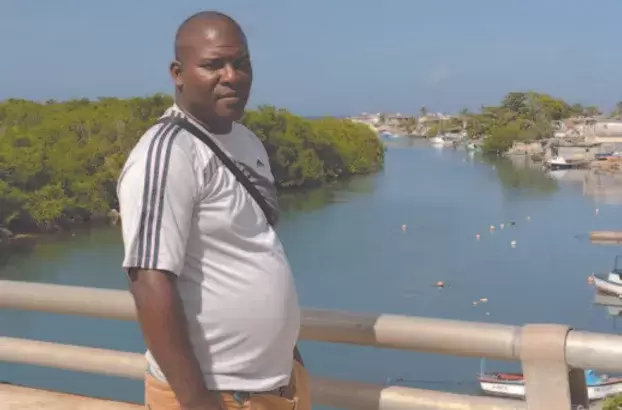
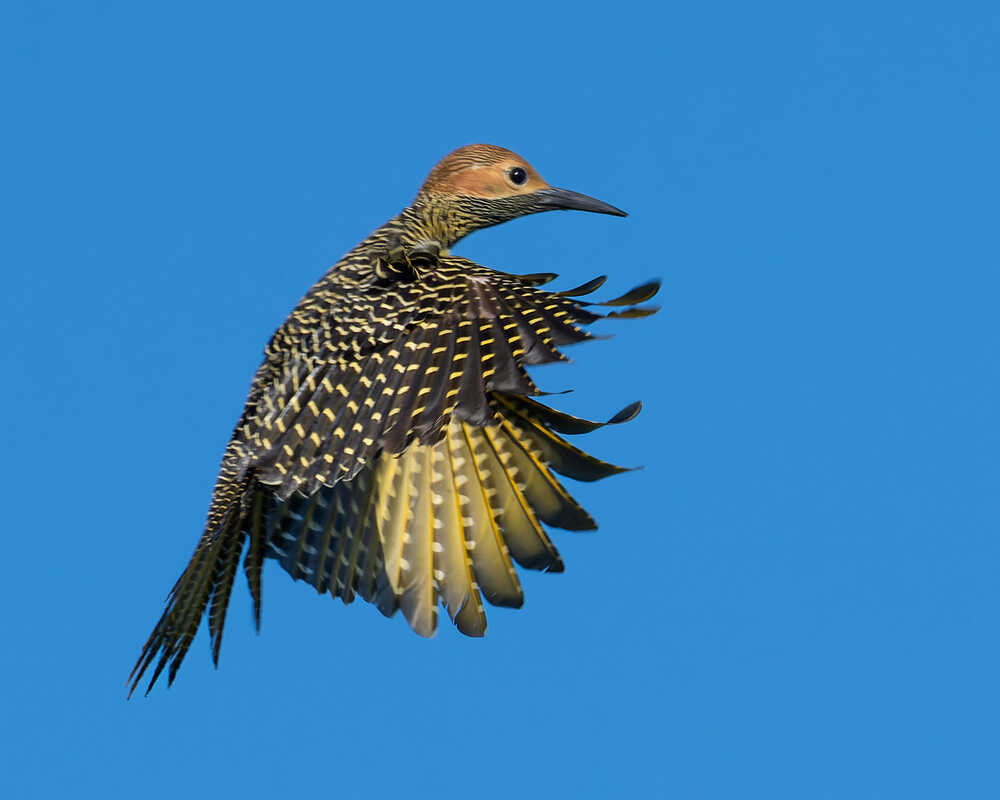
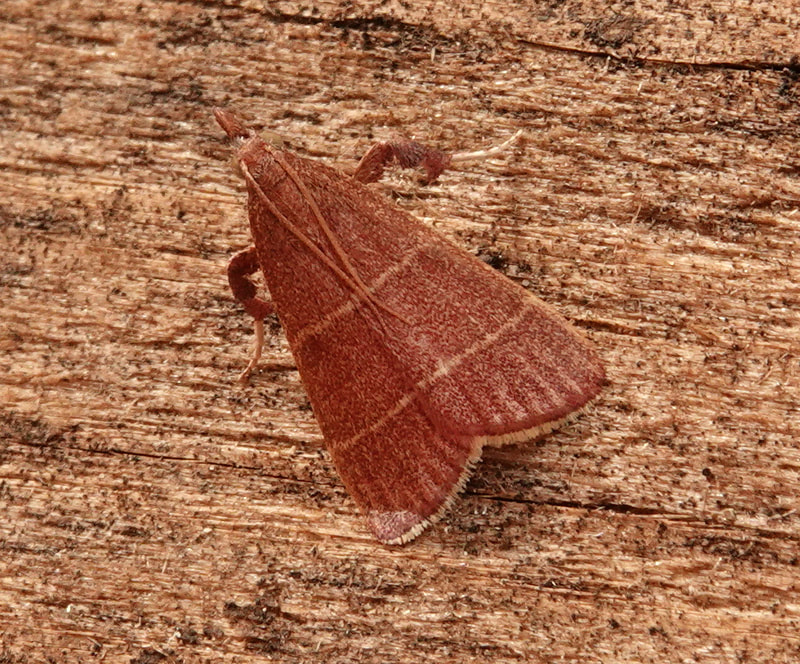
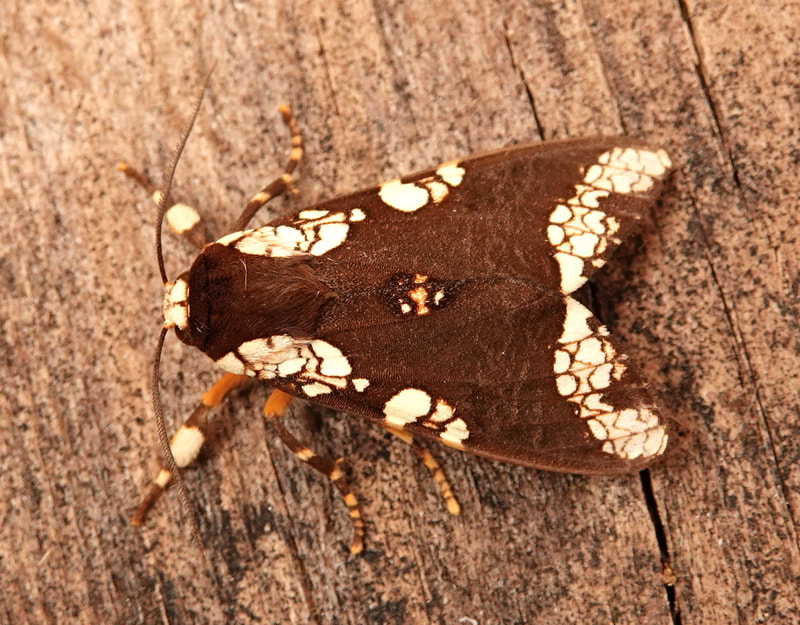
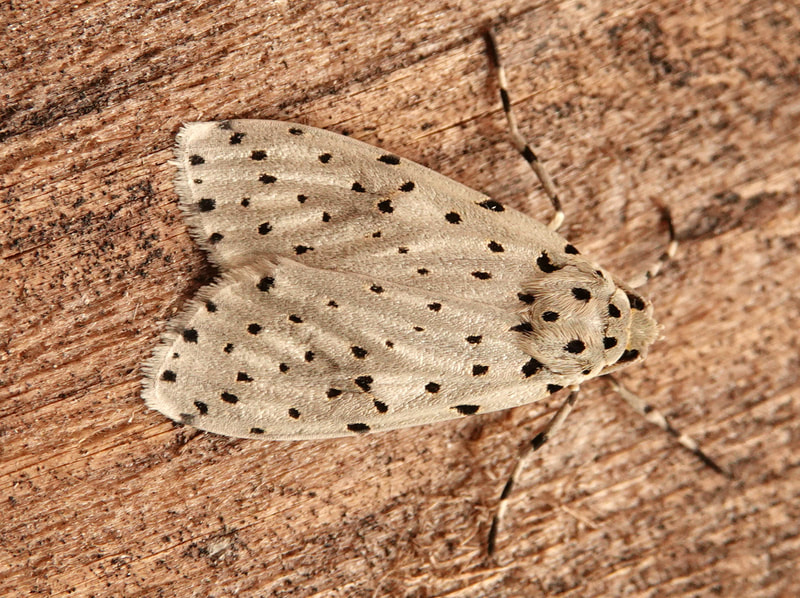
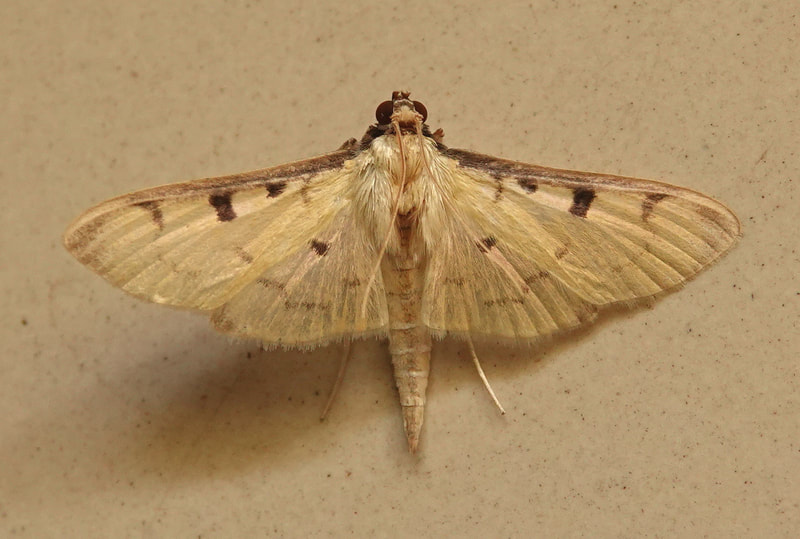
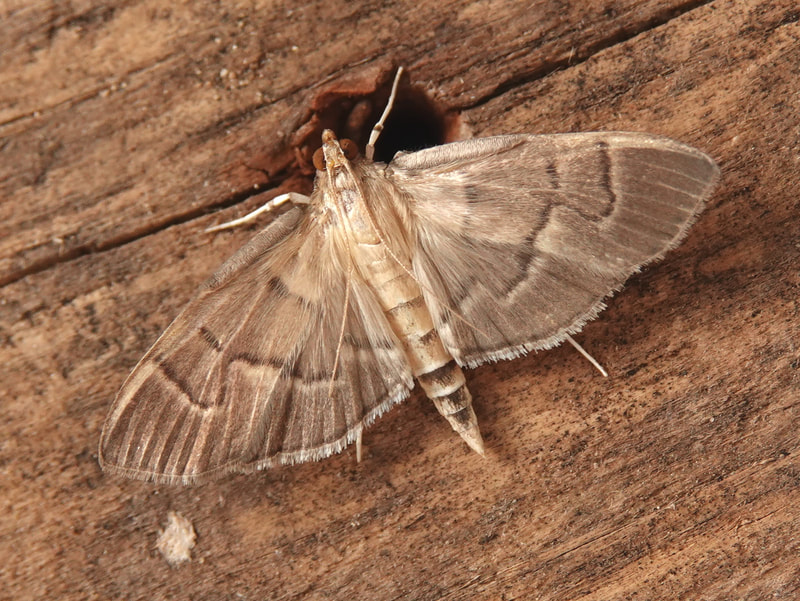
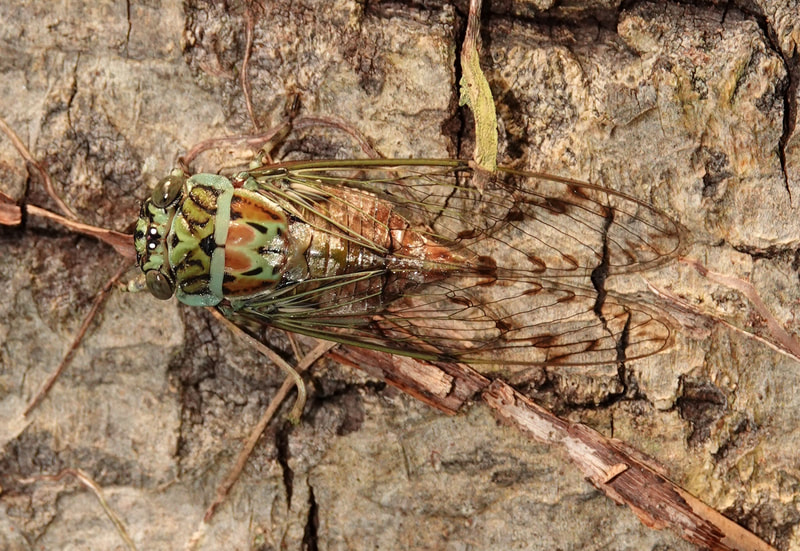
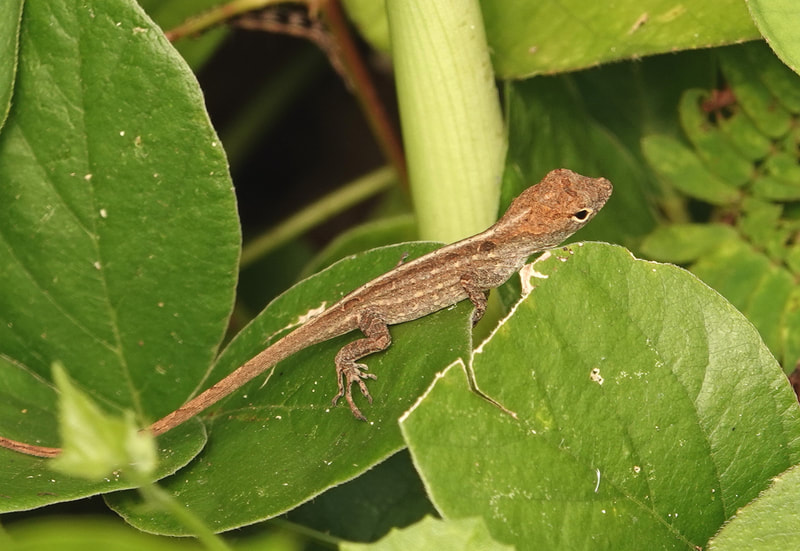
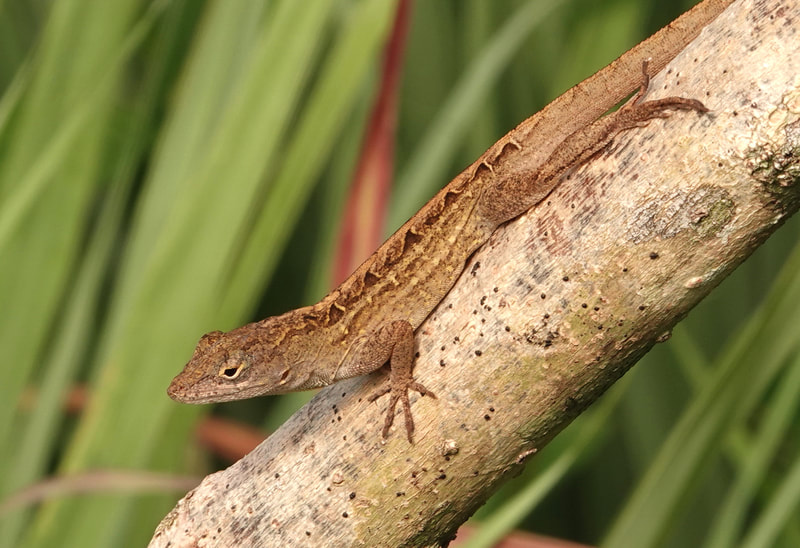
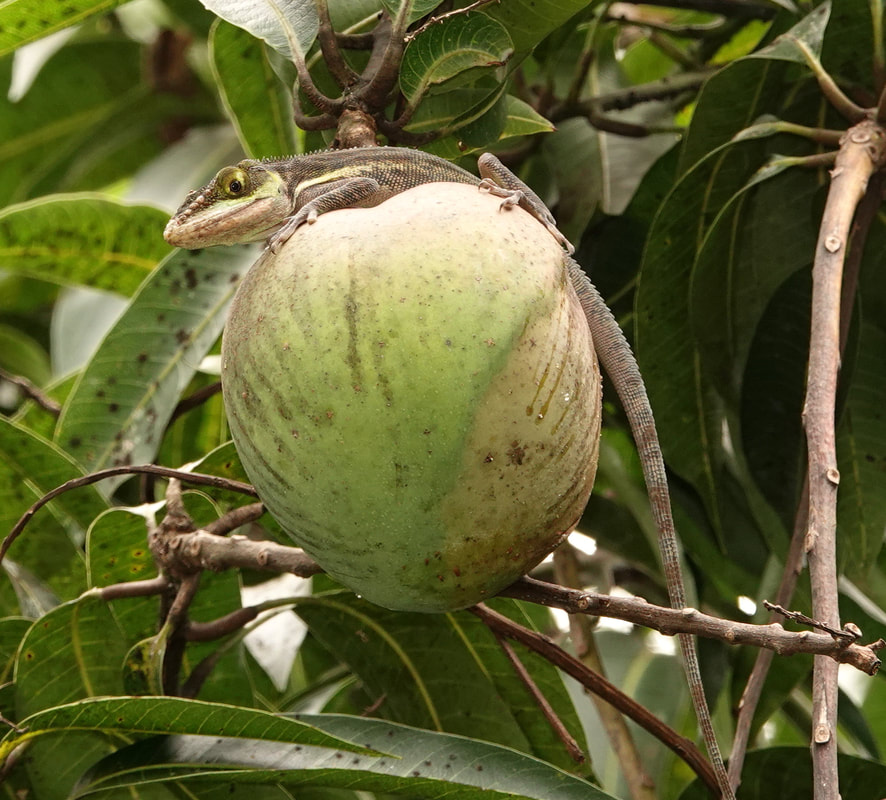
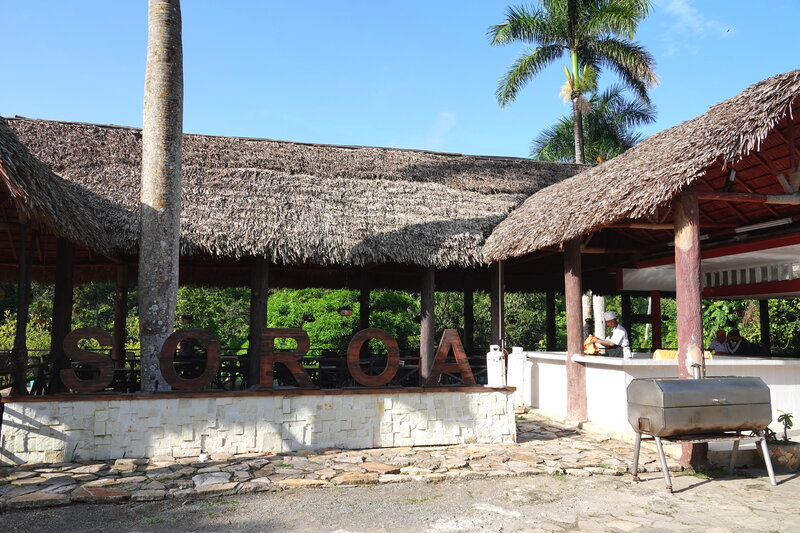
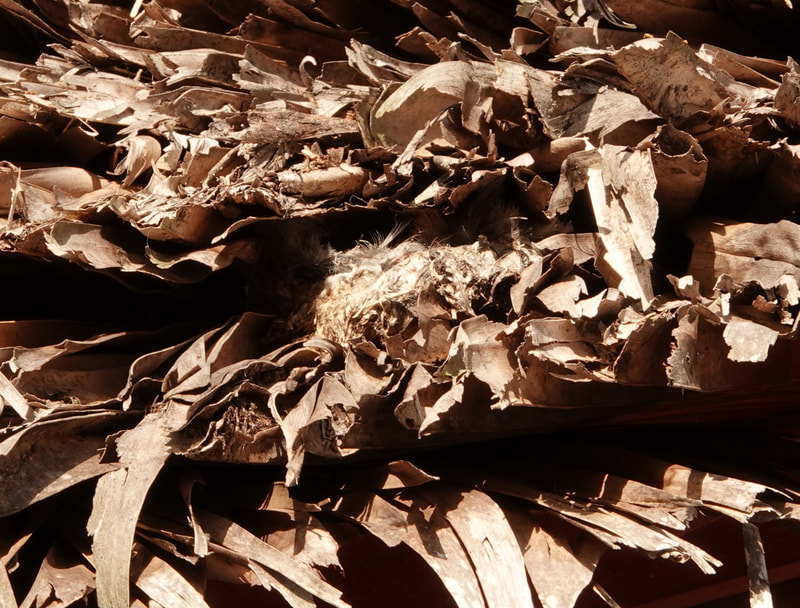
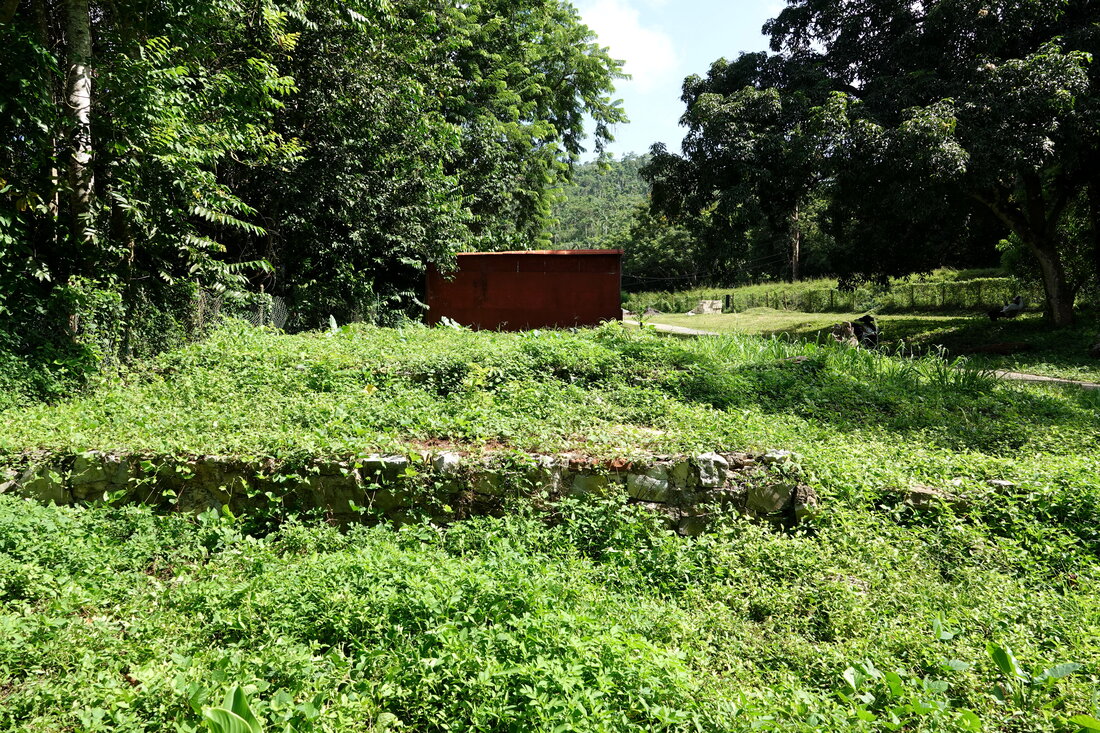
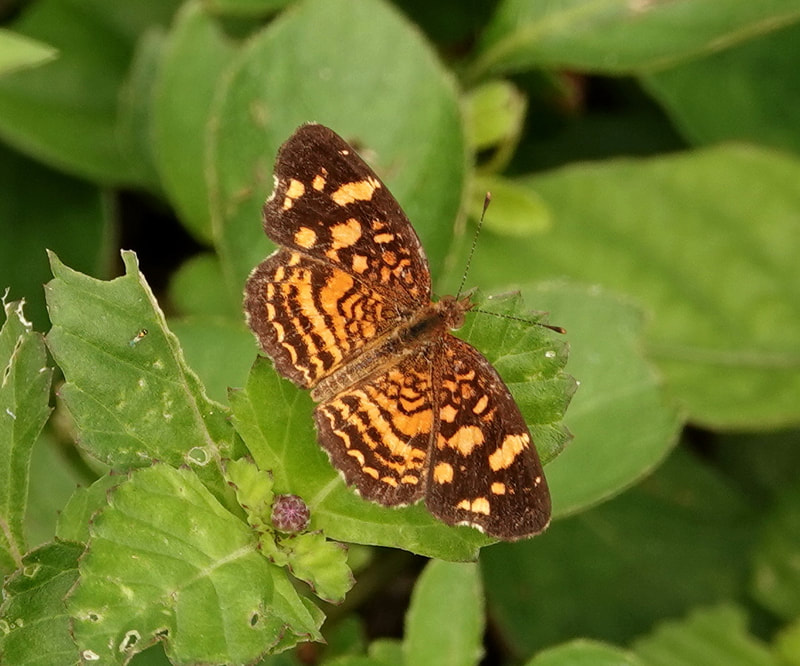
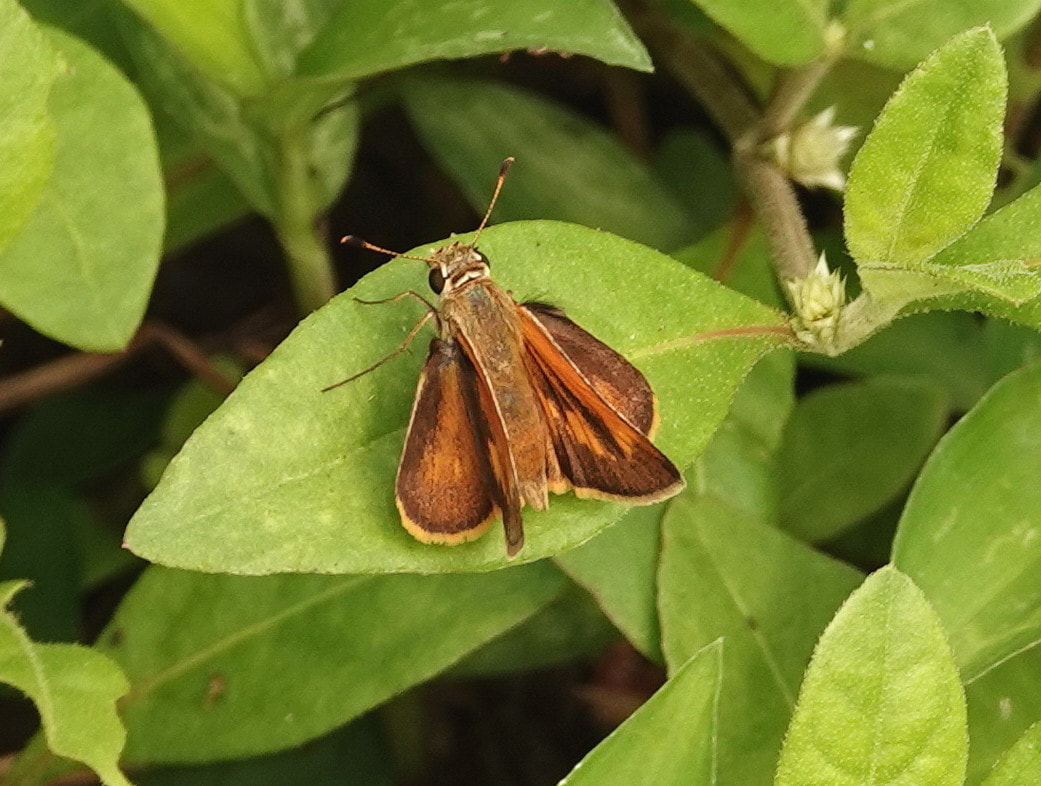
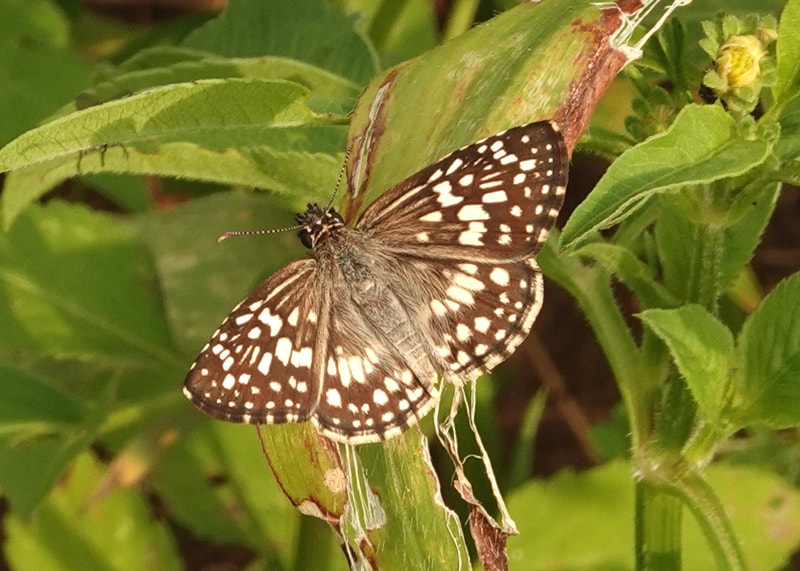
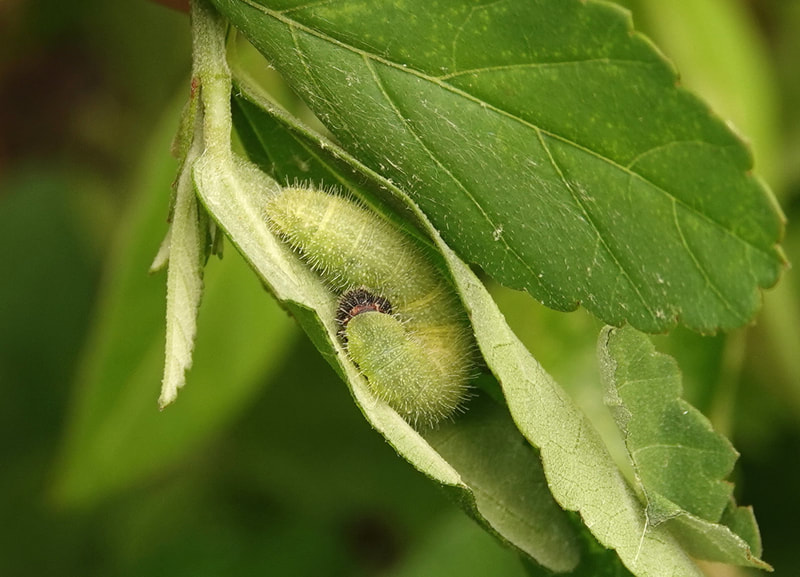
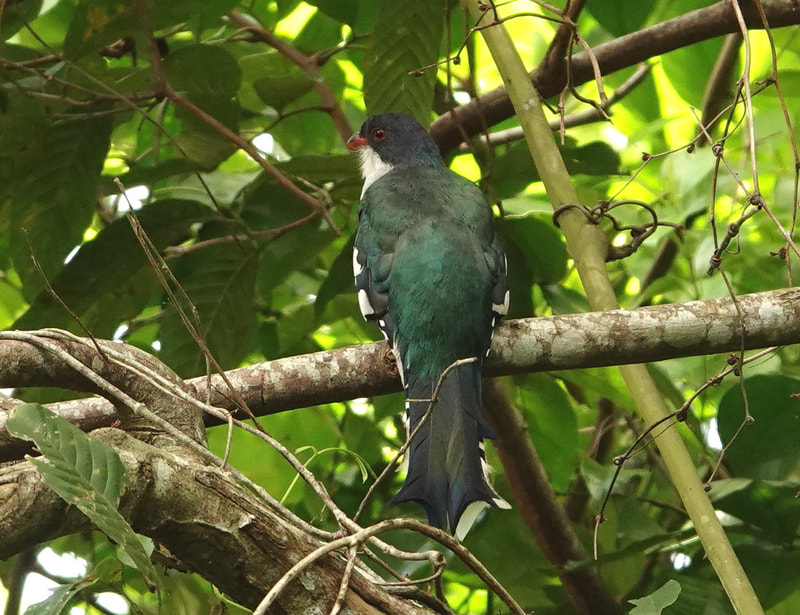
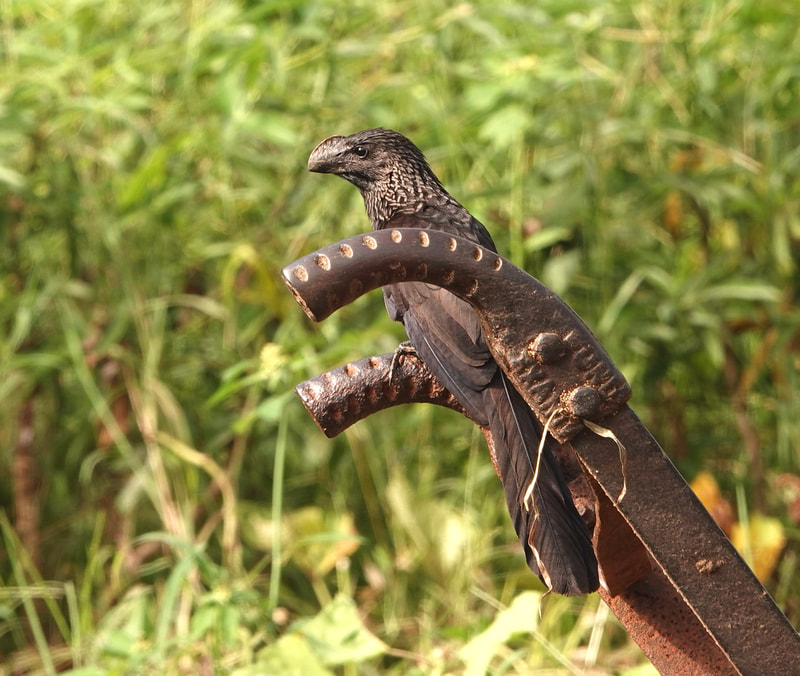
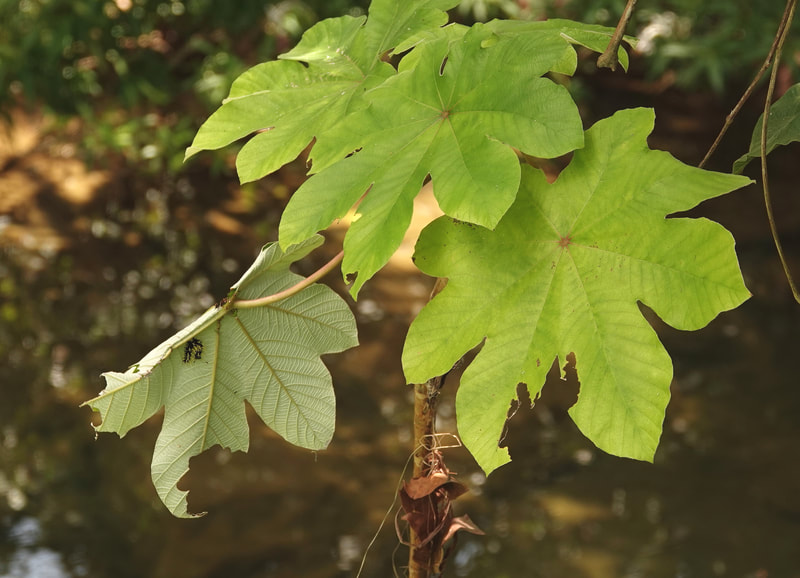
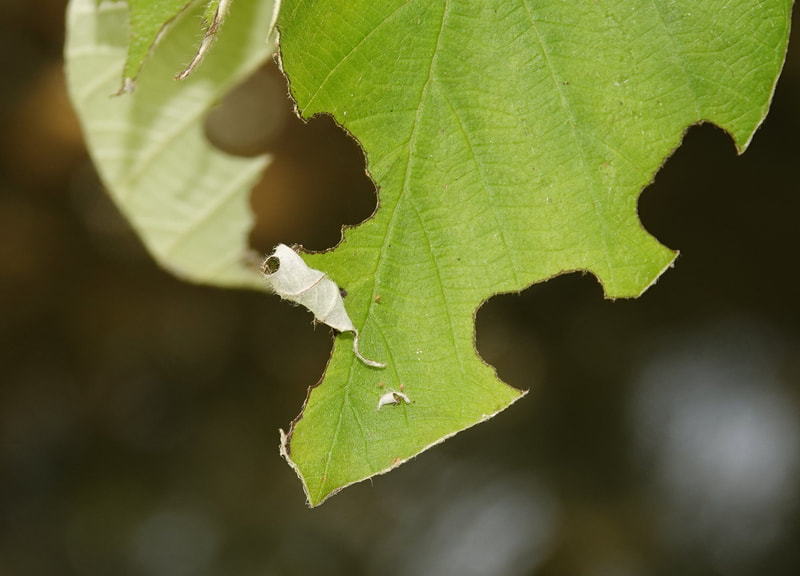
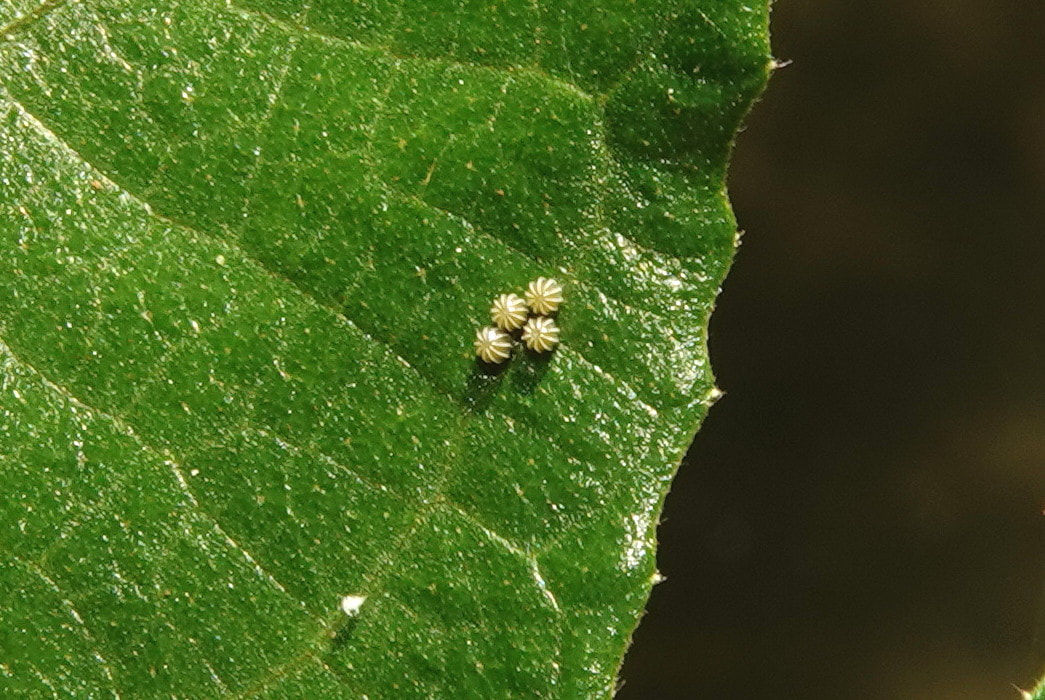
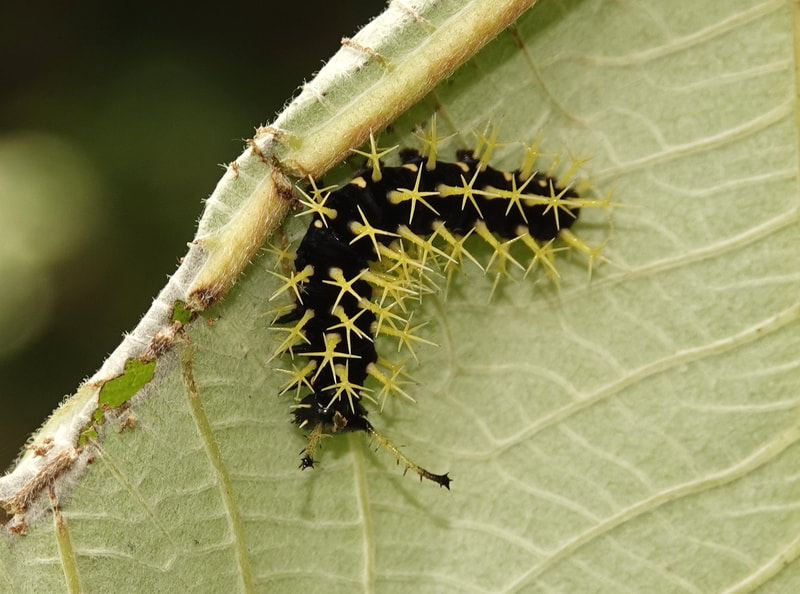
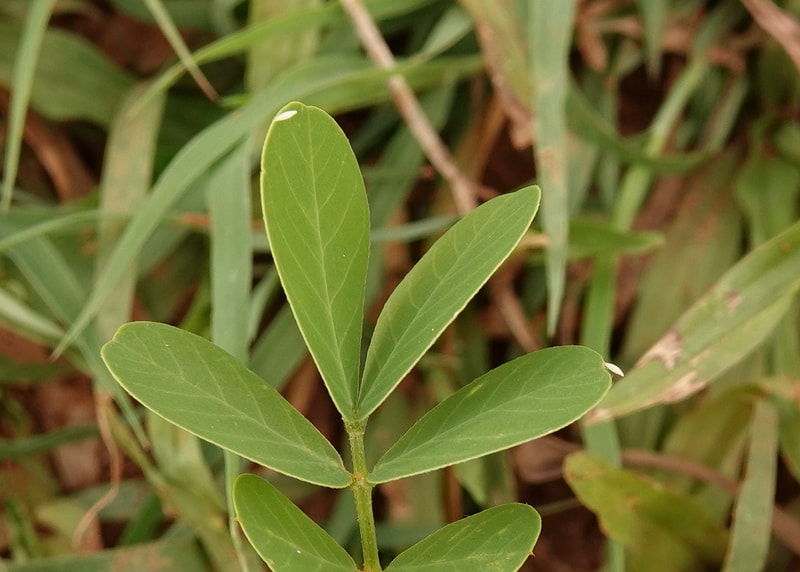
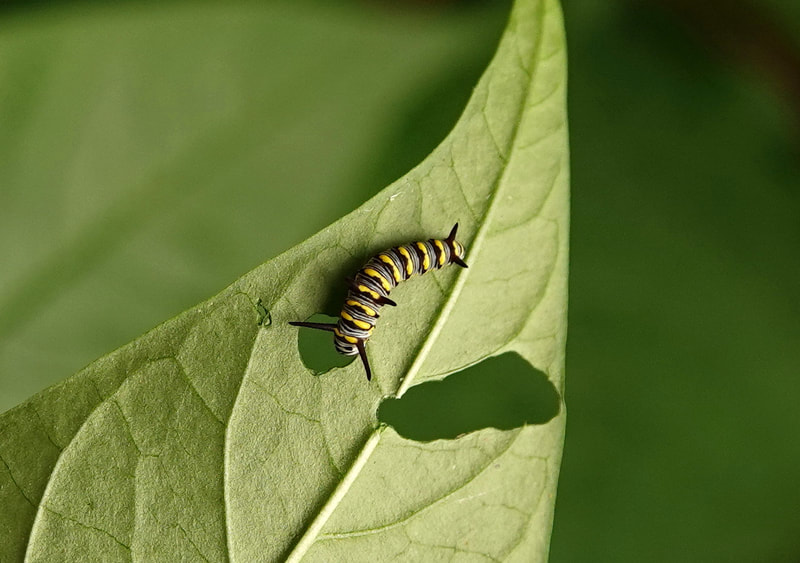
 RSS Feed
RSS Feed